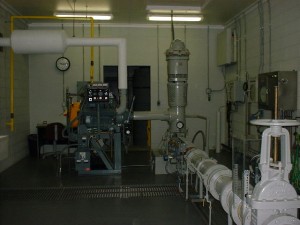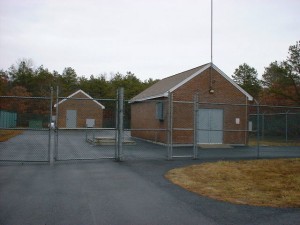- McShane – 2A Main St, Osterville
- McShane – 2A Main St, Osterville
- Arena – Main St, Osterville
- Arena – Main St, Osterville
- Lumbert Mill – Lumbert Mill Rd, Centerville
- Craigville – Old Town Rd, Centerville
- Craigville – Old Town Rd, Centerville
- Lumber Mill – Lumbert Mill Rd, Centerville
- Davis – Main St, Osterville
- Craigville – Old Town Rd, Centerville
- Murray – Old Falmouth Rd, Marstons Mills
- Murray – Old Falmouth Rd, Marstons Mills
- Hayden – Old Post Rd, Marstons Mills
- Hayden – Old Post Rd, Marstons Mills
- Harrison – Crooked Cartway, Marstons Mills
- Hayden – Old Post Rd, Marstons Mills
- Hayden – Old Post Rd, Marstons Mills
- Harrison – Crooked Cartway, Marstons Mills
- Hayden – Old Post Rd, Marstons Mills
- Hayden – Old Post Rd, Marstons Mills
- Hayden – Old Post Rd, Marstons Mills
WATER TANKS
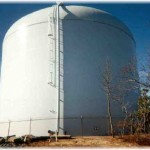
Shoot Flying Hill Road, Centerville
3,300,000 Gallon Steel Reservoir
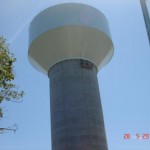
Old Stage Road, Centerville
1,500,000 Gallon Elevated Tank

Shoot Flying Hill Road, Centerville
3,300,000 Gallon Steel Reservoir
ANNUAL FLUSHING
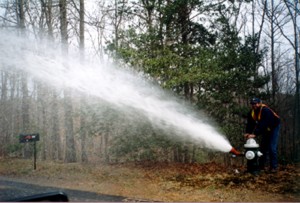 Flushing takes place between the hours of 8:30 A.M. and 4:00 P.M., Monday through Friday, starting in Centerville and then in sections throughout the District. The water mains will be flushed systematically opening fire hydrants for a brief period.
Flushing takes place between the hours of 8:30 A.M. and 4:00 P.M., Monday through Friday, starting in Centerville and then in sections throughout the District. The water mains will be flushed systematically opening fire hydrants for a brief period.
During the flushing operation, customers may notice a temporary discoloration of their water and fluctuations in water pressure. We encourage customers to refrain from drawing water while flushing is being conducted in their neighborhoods to avoid potential staining of laundry, appliances and plumbing fixtures. The Department advises our customers to set aside water for drinking and cooking purposes and after flushing in your area to check the water clarity before use. Running the cold water only for a few minutes should clear the lines.
The flushing program serves two important functions. First, it minimizes the build-up of mineral and other sediments, that over time can affect water quality and water flows through the pipe. Secondly, it allows the Centerville-Osterville-Marstons Mills Water Department to verify the fire hydrants are working properly and available for fire protection. We apologize for any inconvenience this may cause and we appreciate your support in our attempt to supply clean safe water.
For more information or assistance please call the office between 8:00 – 4:30. ANNUAL FLUSHING PROGRAM The annual flushing program is done in early spring. The Department will publish the dates and locations on our homepage and Facebook daily during this time. Flushing of the water mains may cause discoloration to the water.
Why do we Flush? Historically routine flushing was done to improve the aesthetics of the drinking water within a distribution system. Accumulation of sediment in the piping system, especially in low flow areas must be removed under controlled conditions. If the supplies have high iron and or manganese, these elements may precipitate out of solution and settle in the bottom of the piping system and should be removed. Corrosion by products may also accumulate in the bottom of the piping system, and must be removed.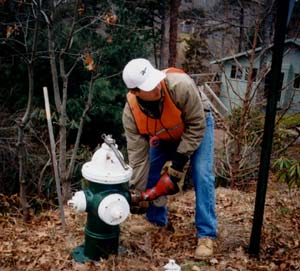
Routine flushing of the distribution system will reduce the accumulation of sediment in the bottom of the piping system, reducing the habitat available for bacteria to grow. Flushing will also remove the loose biofilms that may create a problem through sluff off during high demand periods.
When do we Flush? Routine flushing at the correct time of year is of the utmost importance. Flushing should be accomplished prior to the expected period of microbiological or aesthetic degradation of water quality. This recommended period is normally in the spring, once the weather improves and prior to elevated water temperatures and high demand periods. Review of historic records of water quality complaints can give an indication of the most advantageous time to flush for specific systems. Review of water quality records, especially coli-form presence within the distribution system, may provide the information necessary to determine the most advantageous period for flushing. The Key is to flush “prior to” the problem “not after” it is experienced.

